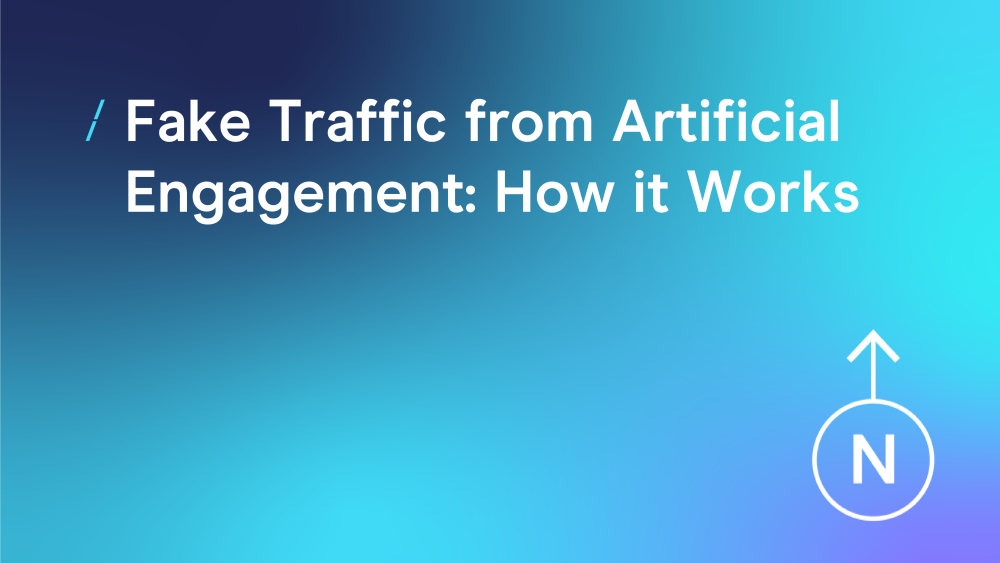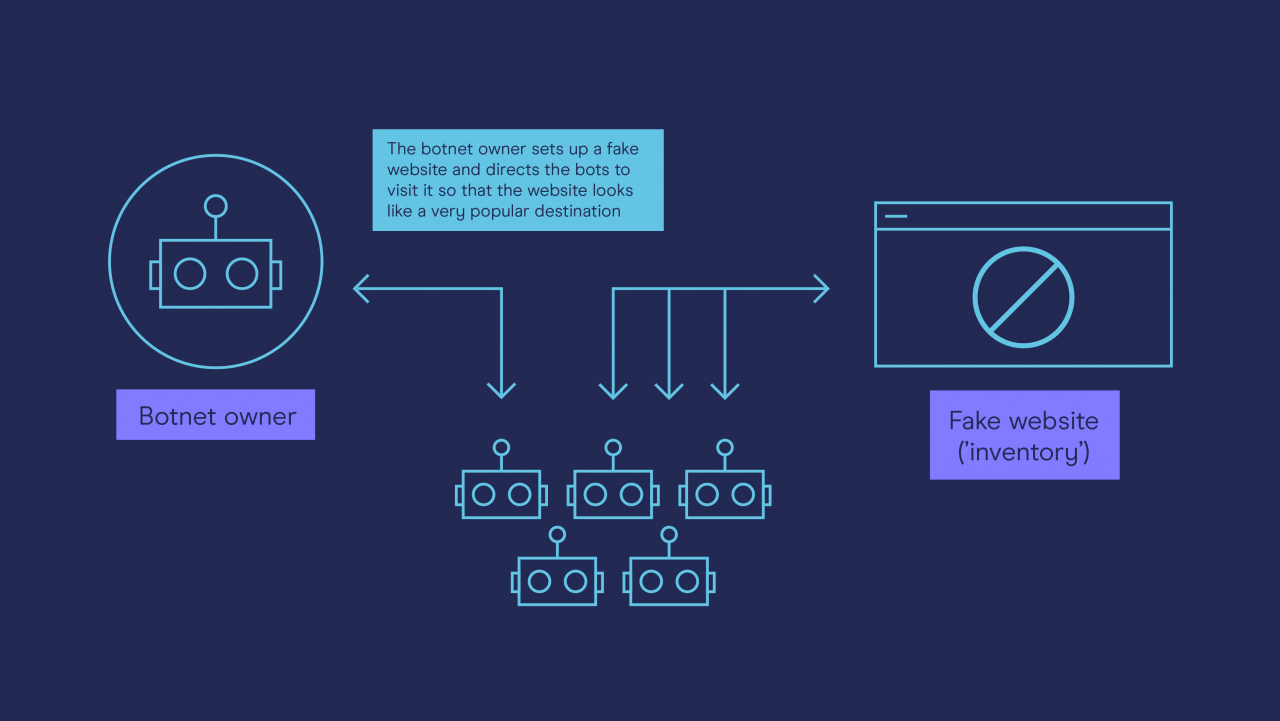Fake Traffic from Artificial Engagement: How it Works
11 May 2021

Following the DMA North Council's recent article on Tackling Fake Traffic from Artificial Engagement, there has been a high level of interest in why bots do what they do, or more accurately, why bots are programmed to do what they do by their owners. What is the incentive for bot owners to program their bots to interact with media and adverts on social networks and search engines?
There are a number of reasons why bots might engage with media and adverts, but it all boils down to money – in some cases, bots are used by competitors to drive up prices in a sector, sometimes, bots are primarily being used to share fake news, but need to look “real” to avoid being detected, so they do what “real people” do – by engaging with other posts, liking things, and clicking on adverts.
One of the more lucrative forms of ad fraud uses large networks of bots, engineered through their activities to look both real and genuinely interested in the purchase of one or more large-value items, and then using those bots to drive up the perceived value of a range of websites set-up by the botnet owners, on which they sell advertising space, at a high premium.
This was used successfully for several years by one of the more famous bot nets – Methbot – until it was broken apart, revenues from this scam are estimated in excess of $2 million per day.
We have produced a guide to this specific form of ad fraud below, which we hope will be useful to help understand this complex and non-obvious method of revenue generation.
How does it all work?

You are a business looking to improve your website traffic. The easiest way to do that is to place ads on the ad network for your business. The online ads advertise your business and allow click-throughs directly to your website. So, you pay for both the adverts seen and the clicks through to your site.

So now you are paying for traffic from the ad network and getting lots more visitors. But what if we said that 30% of this traffic that you have paid for aren’t real users. This means that ⅓ of your ad spend budget is being wasted.

The question you are hopefully asking yourself is why would anybody bother creating a bot to follow an ad to my website?
As one single bot, it makes no sense. But imagine if there were a thousand bots all accessing different websites. Put the actions of all these bots together and it could start to look like a real human being surfing the web.

Now the bot owner has many bots that look like real people which can then be directed to a fake website. This fake website now looks like it is generating a lot of traffic from real people when in fact it is all fake. And this is where the money is generated.

Advertisers place ads on the fake website based on the fake traffic from bots that they think it is receiving. The ad network that serves the ads pays the bot owner for the ads displayed.
This example is for one website. With cloud computing it is very easy to scale this to 10’s of thousands of fake websites.
How to get involved
Following the publication of this document, the DMA North Council will be continuing to raise awareness of the issues detailed herein within a wider audience by speaking at webinars and seminars and from there developing engagement with a wider audience to explore next steps for this project.
If this is a project you would like to stay in touch with, or you can offer us the opportunity to promote this to a wider audience, please engage with us on our DMA North LinkedIn page at or contact the DMA North Community Manager, Anna Lancashire on LinkedIn at or anna.lancashire@dma.org.uk
Previous articles on this topic:
Future Marketing in a Fake World

Please login to comment.
Comments